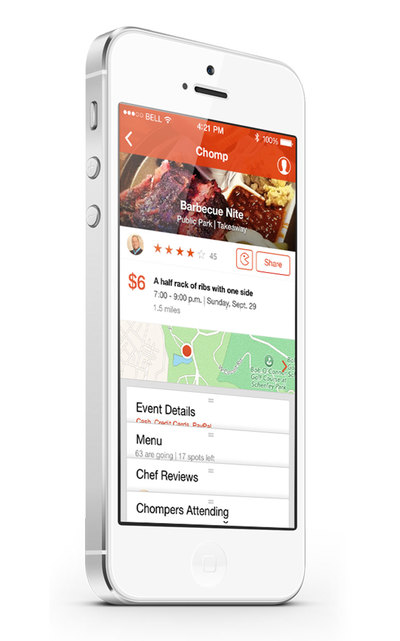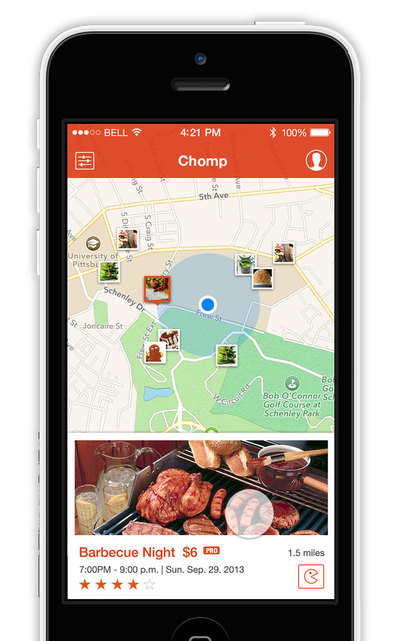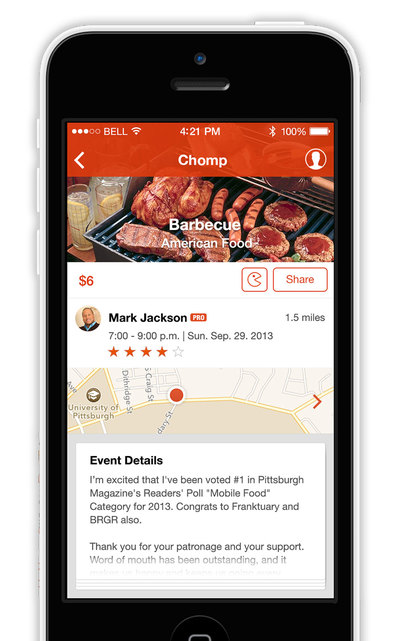Chomp Food Delivery
How Can You Unleash the Economic Potential of Millions of Amateur Cooks?
For a user experience design class, we were given the mobile workforce of caterers to design for. Instead of creating a mobile app to track hours or inventory for these on-the-go professionals, we more radically asked what if everyone could be a caterer? We created an application where home cooks could sign up, gain reputation and cooking credit, and users could drop in on meals for less than they’d pay at restaurants.
At the time of our designing, Uber had a driver-base in the thousands. A number of companies have created start-ups based on concepts similar to our design. We are very proud of how prescient this work was.

Preliminary Research and Scope
When we began looking at caterers as a workforce, we realized that the history of food delivery was one of constant upheaval and change. From small inns serving meals to microwavable popcorn, what it means to “eat out” has constantly changed. This fluidity suggested that restaurant patrons might be willing to try radically new experiences.

Ideation
Our team brainstormed dozens of ideas, each with a snappy headline and a short publicity paragraph highlighting the value to the user. From these, we narrowed in on a cluster of ideas that placed eating food in unexpected contexts: new kinds of food trucks, “renting” a meal from a stranger, publicizing culinary skills and gaining food credits. All of these ideas centered on the insight that people could come together in new ways to share and cook food.

Scenarios and Personas
We developed personas for a patron and a chef in our system. Through story-telling, we got a better sense of who these people were and why they might use a food-sharing application. As we continued to formulate our idea of a food marketplace, we developed scenarios involving our personas. These scenarios included planning an event, searching for food, and leaving comments and gaining credibility.

UI Sketching
With a concrete set of scenarios that highlighted the value of our system, we translated these needs into user interface sketches. These sketches were peformed quickly, and then shown to potential users to get their feedback. What we learned from these user tests was that credibility and trust were extremely important for people. If they were going to be fed by strangers, they needed to have some evidence that these chefs deserved their trust.
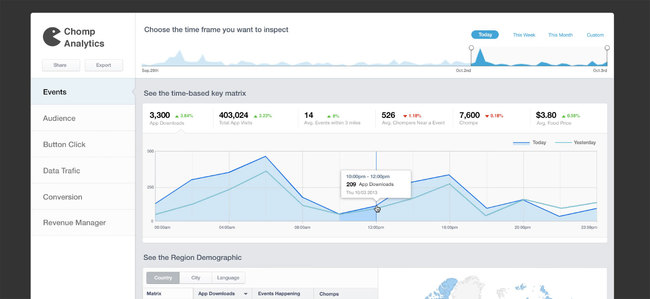
Administrator Dashboard
A successful product is more than just an end-user experience. We designed a dashboard for system administrators to track and understand their system. In particular, we focused on market issues that might degrade the user experience of using our food market. These issues included not enough chefs, high prices, and both too many and not enough users. Administrators could take actions like temporarily increasing or decreasing prices, alerting chefs of market conditions, and increasing advertising.
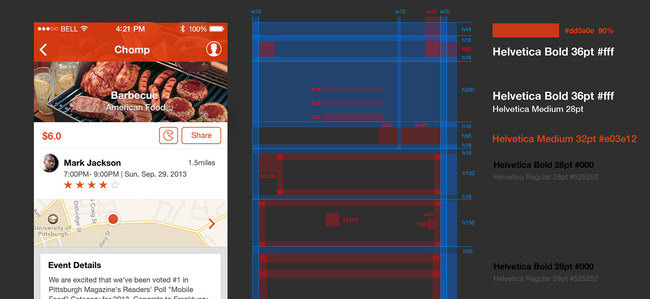
Final UI Design
Though this was a class project, we developed assets and guidelines for developers who would implement our system.
